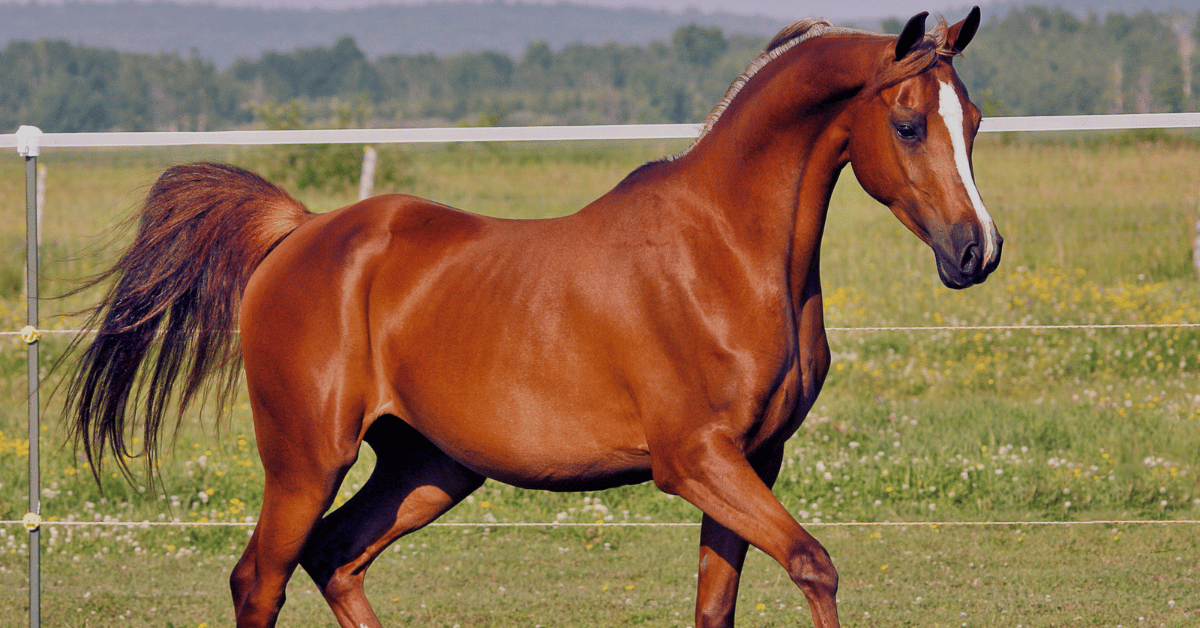The Andravida horse represents one of Greece’s most intriguing and rare equine breeds, with a rich history dating back to ancient times. This light draft breed, originating from the Ilia Region of Greece, embodies a fascinating blend of historical significance and practical utility.
Breed Quick Facts
| Characteristic | Details |
|---|---|
| Height Range | 14-16 hands (142-163 cm) |
| Color Variations | Black, Chestnut, Bay, Dun, Palomino, Buckskin |
| Temperament | Strong, Willing, Calm, Patient |
| Primary Uses | Riding, Draft Work, Transportation |
| Origin | Ilia Region, Greece |
| Conservation Status | Nearly Extinct |
Historical Development
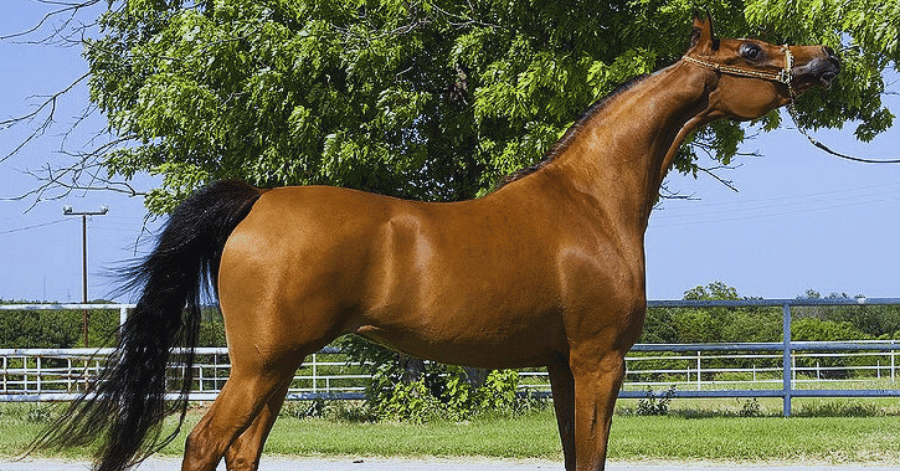
The Andravida’s legacy stretches back to ancient Greece, where these horses served as trusted mounts for the Athenian cavalry in the fourth century BC. Their military service continued through the seventh century BC, demonstrating their enduring value in warfare .
A significant transformation occurred during the 13th to 15th centuries when Arabian bloodlines were introduced to refine the breed. This careful breeding resulted in the lighter, more versatile animal we know today. The modern iteration of the breed underwent further development in the early 20th century, with influential crosses including Anglo-Norman Horses. After 1920, Nonius Stallions were also incorporated into the breeding program, contributing to the breed’s current characteristics.
Physical Characteristics
| Feature | Description |
|---|---|
| Head | Unremarkable, typical of light draft breeds |
| Chest | Deep and muscular |
| Legs | Stocky and powerful |
| Overall Build | Large, strong frame |
The Andravida’s physical structure reflects its dual-purpose nature as both a riding and draft horse. Their strong, muscular build combined with relatively refined features makes them versatile performers in various roles.
Conservation Status and Modern Significance
The breed faces significant conservation challenges today. The establishment of the herdbook in 1995 marked an important step in preservation efforts, but the Andravida remains perilously close to extinction[2]. One key factor contributing to their rarity is the traditional restriction of breeding to the Ilia region of Greece, which has limited their population growth and distribution .
Temperament & Personality
The Andravida exhibits a strong and willing disposition typical of draft breeds[1][2]. Their calm and patient nature, combined with their intelligence, makes them versatile working partners. These characteristics stem from their historical role as both military mounts and agricultural workers.
Performance & Uses Table
| Discipline | Suitability Rating | Notes |
|---|---|---|
| Draft Work | ★★★★★ | Excellent for light draft work |
| Riding | ★★★★☆ | Versatile mount for general riding |
| Transportation | ★★★★☆ | Historically used for goods transport |
| Agriculture | ★★★★☆ | Well-suited for farm work |
Health & Management
The Andravida’s robust constitution reflects its development as a working breed. Their sturdy build and adaptable nature make them relatively low-maintenance, though they require regular exercise and proper nutrition to maintain their working condition.
Breed Demographics
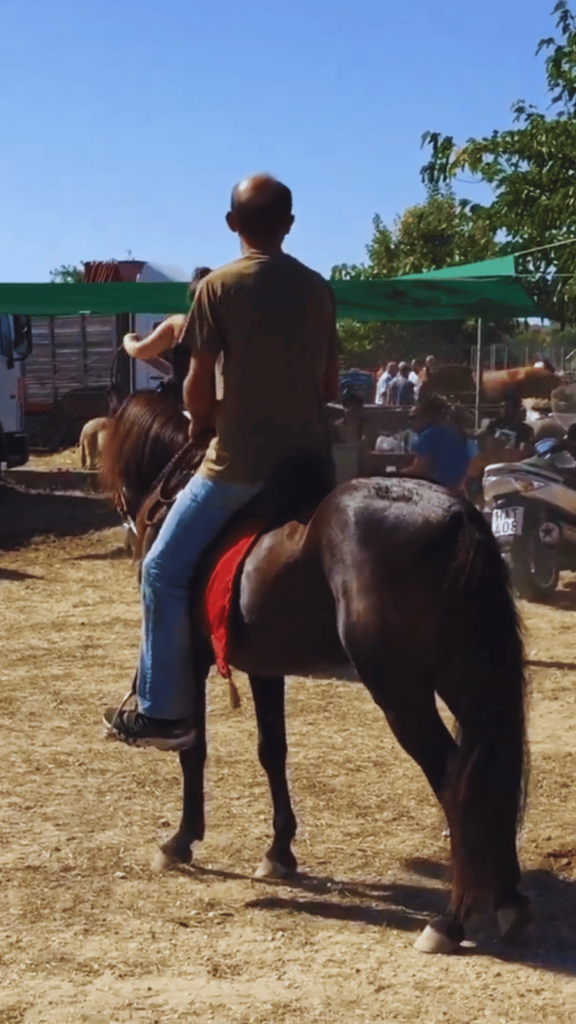
The Andravida faces severe population challenges. A critical moment in the breed’s survival came in the 1990s when a single Selle Francais stallion named Calin de Nanteuil (renamed Pegasus) sired approximately 50 healthy foals, effectively saving the breed from extinction. Current population statistics show concerning numbers:
| Region | Population (as of 2002) |
|---|---|
| Greece | 231 breeding mares |
| Greece | 69 stallions |
Modern Role & Future
The breed’s future remains precarious despite conservation efforts. The establishment of the official studbook in 1995 marked a significant step toward preservation[5]. However, the traditional restriction of breeding to the Ilia region continues to limit population growth[3]. The breed’s versatility and historical significance make it valuable for preservation, but concentrated efforts are needed to ensure its survival.
Care Costs & Management
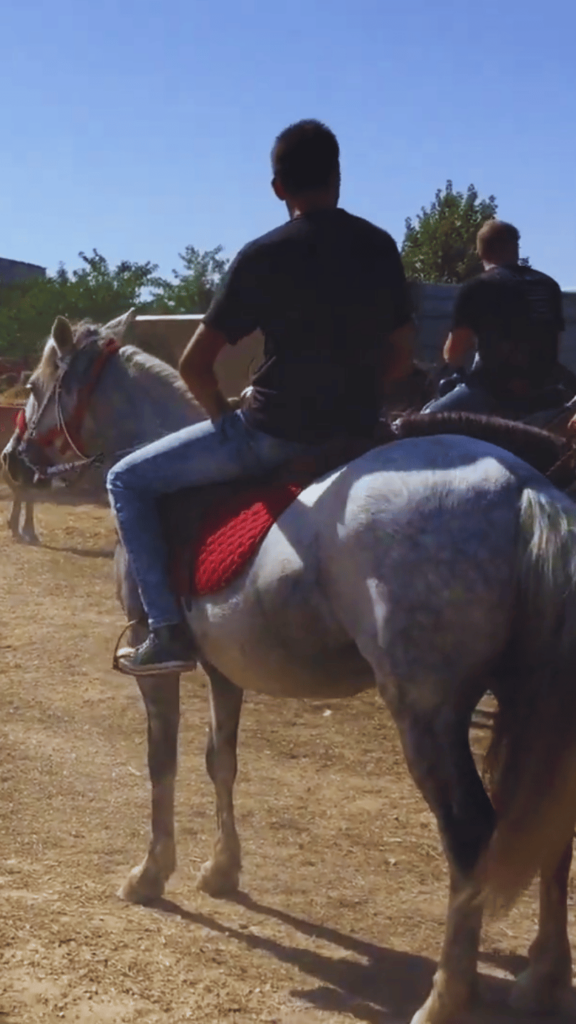
The monthly expenses for maintaining an Andravida horse align with typical equine care costs:
| Expense Category | Monthly Estimate | Annual Estimate |
|---|---|---|
| Feed & Hay | $130-290 | $2,700 |
| Basic Healthcare | $50-100 | $1,000 |
| Farrier Services | $90-120 | $1,100 |
| Insurance | $100 | $1,200 |
Feeding Requirements
The Andravida, being a light draft breed, requires careful nutritional management. A typical 1,000-pound Andravida needs approximately 15-20 pounds of hay daily[3].
Monthly feed costs include:
- Basic hay requirements
- Concentrates or ration balancers if needed
- Potential supplements based on work level
Healthcare Needs
Regular healthcare includes:
- Preventive care and routine vaccinations
- Dental care once or twice yearly
- Regular deworming
- Emergency care fund recommendations
Housing Requirements
Housing options vary by situation:
- Pasture board: $100-500 monthly
- Partial-care board: $200-600 monthly
- Full-care board: $500-2,000 monthly
Buying Guide
When purchasing an Andravida, consider:
- Rarity of the breed
- Limited availability outside Greece
- Importance of verified bloodlines
- Registration with the official studbook established in 1995
The breed’s extreme rarity makes pricing and availability highly variable. Potential buyers should work directly with Greek breeders or established preservation programs.
Breed Preservation & Future Outlook
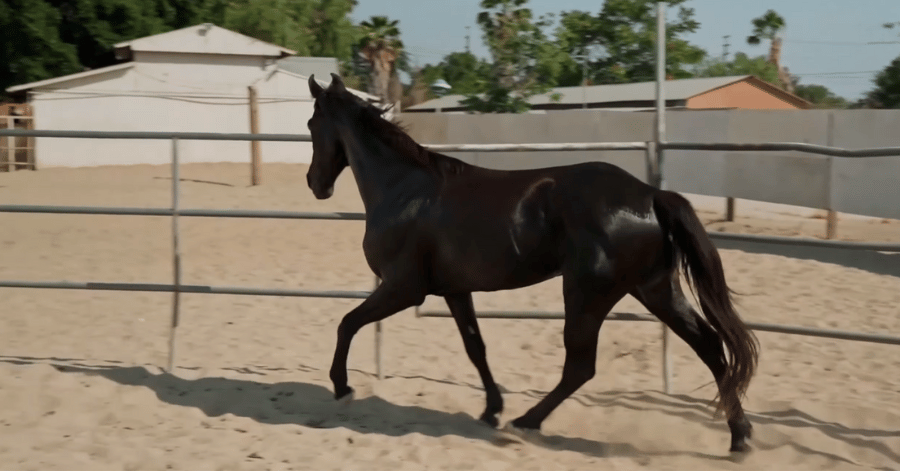
The preservation of the Andravida breed represents a critical challenge in modern equine conservation. Current efforts focus on several key areas:
Breeding Programs
The Greek government has implemented specialized breeding programs at the Andravida Army Stud Farm, which remains the primary center for breed preservation.
These programs emphasize:
- Maintaining genetic diversity
- Careful selection of breeding stock
- Documentation of bloodlines
- Quality control measures
Conservation Initiatives
Several conservation measures are currently in place:
- Strict breeding protocols
- Genetic testing and monitoring
- International cooperation for breed preservation
- Educational programs about the breed’s historical significance
Resources & Support
Official Organizations
- Greek Ministry of Agriculture
- Andravida Army Stud Farm
- European Rare Breeds Federation
Documentation Requirements
- DNA testing for breeding stock
- Registration in the official studbook
- Regular assessments of offspring
- Health certifications
Conclusion
he Andravida horse, often referred to as the Ellinikos Ippos, is a rare and remarkable breed hailing from the sun-soaked landscapes of Greece. With roots tracing back to ancient times, this horse embodies a harmonious blend of strength, agility, and grace, making it a symbol of Greece’s rich equestrian heritage.
Distinguished by its muscular frame, powerful limbs, and calm temperament, the Andravida was originally bred for agricultural work and light cavalry duties. Its resilience and adaptability, paired with a steady disposition, have earned it a reputation as a reliable and versatile partner. Today, these horses continue to serve in both work and leisure, thriving in modern equestrian sports and riding.
A true testament to the ingenuity of Greek horse breeding, the Andravida horse is a rare gem that stands as a living link to history while offering unmatched potential for the future.
Their future depends on:
- Continued government support
- International recognition
- Expanded breeding programs
- Increased public awareness
The preservation of the Andravida represents not just the conservation of a horse breed, but the protection of an important piece of Greek cultural heritage.
Citations:
[1] https://straightfromthehorsesmouth2you.wordpress.com/andravida-horse/
[2] https://breeds.okstate.edu/horses/andravida-horses.html
[3] https://theequinest.com/andravida-horse
[4] https://www.horsebreedspictures.com/andravida-horse.asp
[5] https://thebitandbridle.com/horse-breed/andravida/

